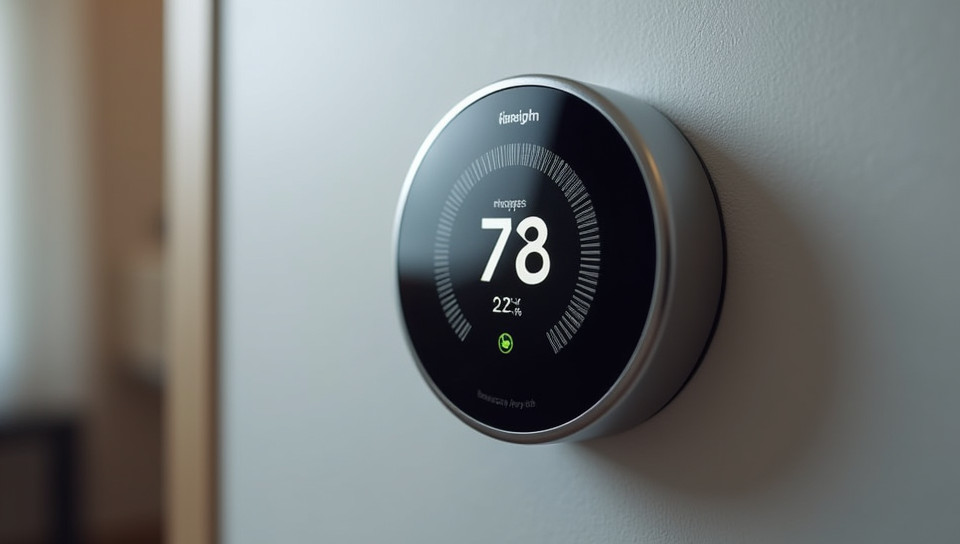Thermostats adjust temperature for optimal energy use 98%

Optimizing Your Home's Energy Efficiency
As the world becomes increasingly aware of the importance of energy conservation, homeowners are looking for ways to reduce their utility bills and minimize their carbon footprint. One often-overlooked solution is investing in a smart thermostat that can adjust temperature settings for optimal energy use.
Understanding How Thermostats Work
Thermostats are devices that regulate the temperature in your home by turning heating or cooling systems on or off when the desired temperature is reached. Traditional thermostats rely on a simple on/off switch to control temperature, while smart thermostats use advanced algorithms and sensors to learn your schedule and preferences.
The Benefits of Smart Thermostats
Smart thermostats offer several benefits over traditional thermostats:
- Automatically adjust temperature settings based on your schedule and location
- Learn your heating and cooling patterns to optimize energy usage
- Receive notifications when the system is not operating efficiently
- Can be controlled remotely through a mobile app
- Offer energy reports to help you understand your energy consumption
How Smart Thermostats Adjust Temperature for Optimal Energy Use
Smart thermostats use a combination of sensors, algorithms, and machine learning to adjust temperature settings for optimal energy use. Here's how it works:
- The thermostat learns your schedule and preferences by tracking your daily routines.
- It uses this information to automatically adjust the temperature when you're not home or when you're sleeping.
- The thermostat also takes into account external factors such as weather forecasts, humidity levels, and sunlight exposure.
- Based on this data, the thermostat makes adjustments to ensure that your home remains at a comfortable temperature while minimizing energy consumption.
Conclusion
Investing in a smart thermostat is a simple yet effective way to reduce your energy bills and minimize your impact on the environment. By learning your schedule and preferences, adjusting temperature settings automatically, and providing valuable insights into your energy usage, smart thermostats are a game-changer for anyone looking to optimize their home's energy efficiency.
- Created by: Yǔtóng Suen
- Created at: Dec. 23, 2024, 1:38 p.m.
- ID: 17045






